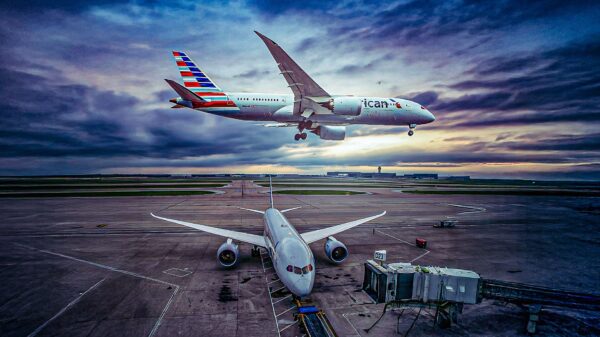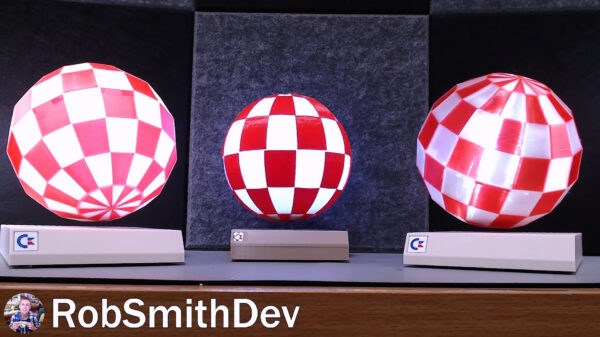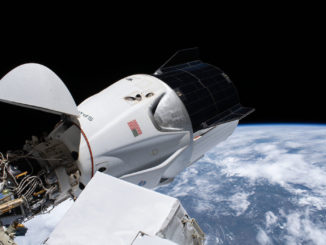A SpaceX Falcon 9 rocket successfully launched the X-37B spaceplane on the USSF-36 mission from NASA’s Kennedy Space Center in Florida shortly before midnight on August 21, 2025. This mission marks the eighth flight for the X-37B program, which has been operational since April 2010. The rocket lifted off from Launch Complex 39A at 23:50 EDT (03:50 UTC on August 22), carrying the Boeing-built military spaceplane into low Earth orbit.
The United States Space Force (USSF) confirmed the successful separation of the X-37B from the Falcon 9 rocket approximately eight and a half minutes after liftoff. Following the launch, the Falcon 9’s first stage booster, tail number 1092, executed a successful landing at Cape Canaveral Space Force Station, producing a sonic boom that resonated through the area.
Key Demonstrations in Space Technologies
The X-37B mission is significant for its role as a test platform for emerging space technologies. William Blauser, Acting Director of the Air Force Rapid Capabilities Office, stated, “OTV-8 exemplifies the X-37B’s status as the U.S. Space Force’s premier test platform for the critical space technologies of tomorrow.” The current mission aims to demonstrate two crucial technologies: laser communication and quantum navigation.
The onboard laser communication system is designed to enhance data transmission capabilities. This technology will enable high-bandwidth inter-satellite communication, which could interact with various commercial satellite networks in low Earth orbit. Although it is unclear which satellites will be involved, the USSF noted that this technology utilizes shorter wavelength infrared light, allowing for more secure and efficient data transfers than traditional radio frequency communications.
Gen. Chance Saltzman, Chief of Space Operations, emphasized the importance of this demonstration, stating, “OTV-8’s laser communications demonstration will mark an important step in the U.S. Space Force’s ability to leverage proliferated space networks as part of a diversified and redundant space architecture.” This advancement is expected to enhance the resilience and reliability of satellite communications.
Advancements in Navigation Technology
The mission will also showcase a quantum inertial sensor capable of tracking the rotation and acceleration of atoms for navigation without GPS assistance. This capability is particularly valuable in environments where GPS signals are compromised or unavailable. The USSF aims to apply this technology for navigation in Earth orbit as well as in cislunar space and beyond.
Col. Ramsey Horn, commander of Space Delta 9, commented on the significance of the quantum inertial sensor, stating, “OTV 8’s quantum inertial sensor demonstration is a welcome step forward for operational resilience in space.” This technology could provide robust navigation solutions when traditional GPS navigation is not feasible.
As the X-37B begins its mission in low Earth orbit, the duration of this flight remains undisclosed. The X-37B program has conducted several flights since its inception, with varying lengths of missions, including OTV-1’s initial flight lasting 224 days and OTV-6’s most recent flight spanning 909 days.
The operational status of the X-37B program continues to be shrouded in secrecy, with specific details about the experiments conducted during its flights generally not disclosed. Nonetheless, the ongoing advancements in technology demonstrated by the X-37B highlight the U.S. Space Force’s commitment to achieving significant milestones in space exploration and operational capabilities.








































































